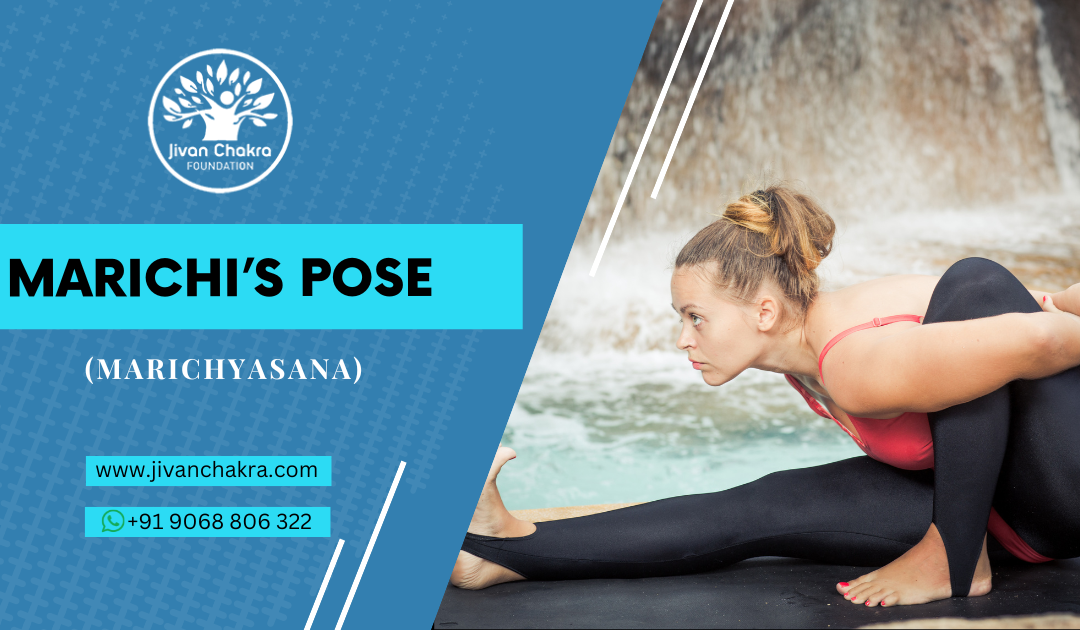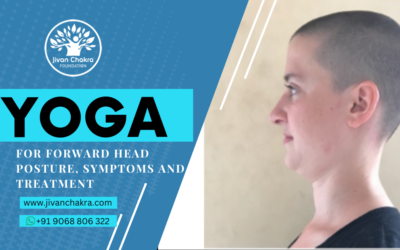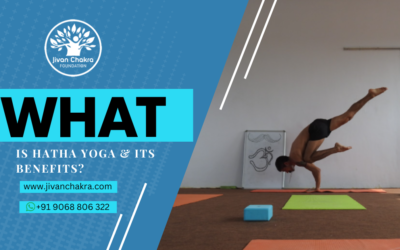Introduction:
The Marichi’s Pose (Marichyasana), comes from a Sanskrit word “Marichi”, which means a Ray of Light. In Indian mythology, Marichi was one of the sons of Brahma, the divine creator, and Marichi was made to become the ruler of the ‘shining ones.’ Marichi is the great grandfather of Manu (“man, thinking, intelligent”), the Vedic Adam, and the “father” of humanity.
Marichyasana has four variations, which can get somewhat confusing. The first and the third version have one leg straight on the ground while either folding forward or twisting the torso. The second and the fourth version include folding the bottom leg on the thigh of the bent leg, and performing the same Forward Fold or a twist with the upper body.
The full Sanskrit name is pronounced as: mar-ee-chee-AHS-anna
Asana Benefits:
- Calms the mind and the body.
- Stretches the shoulders.
- Stimulates the brain.
- Strengthens and stretches the fine.
- Massages the internal organs.
- Improves digestion.
Asana Tips and Modifications:
- If you don’t reach to take a hold of your hands behind your back, you can clasp the fingers together, or use a belt to gain a bit more space. Alternatively, if you have more space, you can clasp your wrists, or try to straighten your elbows a little bit and lower your arms behind you.
- Keep a block or a folded blanket underneath the hips for tight hamstrings.
- This pose should be performed after some preparatory poses including both twists and forward folds.
- Avoid this pose if you have headache or a migraine, if you suffer from injuries of inflammation on the lower back, or if you have irregular blood pressure.
This pose is named after a ray of light, whether the light of the sun or the moon. What a perfect moment to pause and remind yourself what a ray of light you are, and to ask yourself how you could cultivate that light even more in your life.
Tips for Beginners:
Because of tightness in the groins, beginners often have difficulty keeping the bent-knee thigh close to the side of the torso. This makes it more difficult to notch the shin into the armpit and wrap the arm around the leg. As you bring the arm forward in preparation for the pose, grip the bent-knee shin with the opposite-side hand and pull the thigh in against the side torso.
For Yoga Teacher Training in Rishikesh and for more information Quick Enquiry
Contact Us on 9068 806 322 Or
Email At info@jivanchakra.com
Related Articles
Yoga for forward head posture, Symptoms and Treatment
During the anatomy class, we talked about the skeletal system and how today’s digital habits have impacted our posture. The class that had the strongest impact on me was the one talking about the cervical and the forward head posture in particular, also called by the...
What are adjustments in yoga?
Adjustments, they are possibly the most contentious topic when it comes to guiding a class through a sequence of asanas. Depending on the style of yoga or the teacher’s preferred style of teaching, adjustments in classes can vary from virtually none to heavily...
What is hatha yoga & its benefits?
Hatha Yoga is the yoga of balance, and can be broken down between, Ha and Tha. Ha representing, the sun, solar energy, and more masculine qualities. Representing the Sympathetic nervous system which is responsible for our “fight or flight response”, aggression and a...




